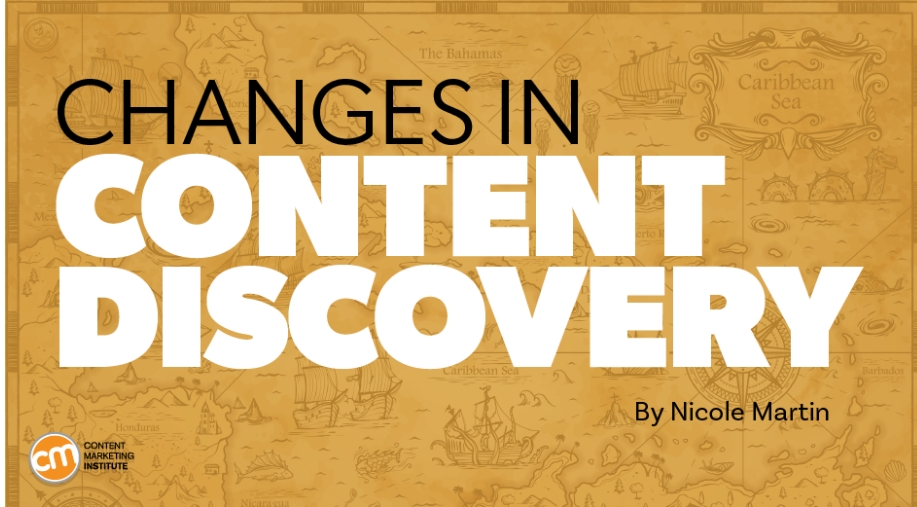To no one’s surprise, consumers spend an inordinate time viewing, reading, and scrolling content.
In the U.S., they spend over 12 hours a day consuming digital content, including three hours on traditional video streaming content. The average working-age internet user spends 2 1/2 hours on social media each day.
These content consumption patterns have stayed mostly the same. What is new is their content discovery. It presents implications for your content and strategy today and beyond.
Consider these five trends as you finalize your fourth quarter and 2024 content plans:
1. Consumers expect videos for their educational needs, a brand’s products, and its services
According to HubSpot research, 66% of surveyed consumers watched a video about a brand or product the previous year. People still tend to believe what they see with their eyes. Consuming content visually and auditorily allows them to make smarter decisions about the brands, products, and services they select – limiting risk and increasing satisfaction levels.
Audiences aren’t looking for the best, most crisp, polished videos. Thanks to social media, they actually look for more authentic, “real” videos to gain trust and confidence in the brand.
Videos that aren’t brand- or product-specific also have value. Consumers hunt for videos that not only interest and entertain them but teach them something new.
I’m already rewatching my favorite segments of the Tour de France this summer, but I (like millions of others) also want to gather information about how to gain more power as I cycle uphill and learn how to use my body as I round curves on a bike. That educational interest could give a bike-related brand an amazing opportunity to publish a helpful video.
2. Search and social overlap more often
Search engines and social media – as well as parasocial platforms like Twitch, TikTok, and YouTube – have increasingly dissolved the distance between search and social functions.
Content discovery has become more alike in both. TikTok remains a major search engine. Google has become a serious content curator, using its Discover feature to create personalized feeds that engage users.
This growing overlap of search and social feeds means consumers get their content in more organic, interconnected ways than ever before. They still search for some content. They also still embrace content curated by socially vetted or automated feeds. They’re just getting used to doing it all in the same place.
How should content marketers respond? Consider these starting points:
- Align your content plans for search and social.
- Expand your SEO strategies beyond Google and Bing. YouTube, Facebook, Threads, TikTok, Amazon, and many other large search engines have a stake in new patterns of content discovery.
- Add to your content plans a human-led curation through social communities, newsletters, or other resources. LinkedIn did this in an experiment with human-curated feeds.
3. Intent is the true monarch
Advances in content delivery platforms make “if you build it, they will come” possible when the content aligns with the audience’s intent.
In earlier years, you needed to perform on- and off-page SEO, careful content activation, proactive outreach, and even a media spend to get an audience to notice a stellar piece of content. Now, content discovery platforms can find those shining needles in haystacks.
Content delivery platforms, largely thanks to AI, no longer serve up the longest, newest, fastest, or most-linked-to asset. Rather, search, social, shopping, and streaming platforms align more powerfully to offer new content based on the user’s intent.
You still can’t replace the value of timing, SEO, and content promotion. However, publishing content that meets a user’s intent is the ultimate measure of quality that will help it rise to the top…Read More

